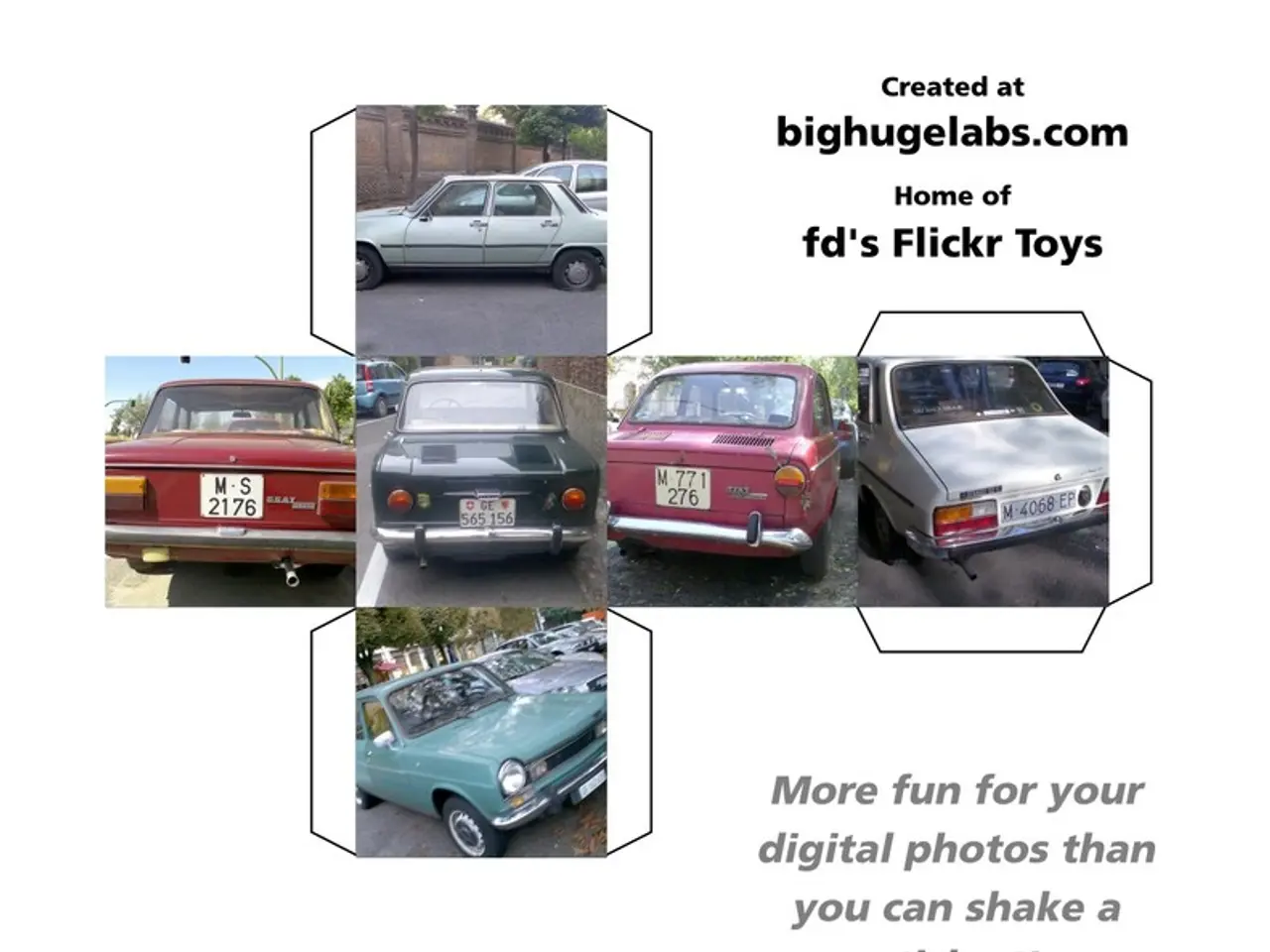Is the U.S. Committed to Maintaining Its Automotive Sector, or Will It Consider Abandoning It?
The U.S. auto industry is grappling with a host of challenges that are largely invisible to the general public and the country's political leadership. These intertwined issues, including slowing growth, technological disruption, electric vehicle investment pressures, talent shortages, Chinese competition, tariffs, and complex government regulations, demand a coordinated and multifaceted approach.
A comprehensive national strategy is proposed to ensure the U.S. maintains a healthy and vibrant automotive industry. This industry, an economic engine and critical to national defense, could exert significant political power in Washington, D.C., if united.
One key area of focus is the investment in electric vehicles (EVs). Despite billions invested by manufacturers, growth in EV sales is slower than expected, and government incentives have recently been eliminated. To address this, the industry should focus on improving cost efficiencies, scaling manufacturing capabilities, and preparing for fluctuating demand, especially with federal incentives phasing out soon. Continual innovation in battery technology and vehicle affordability are key to maintaining competitiveness.
Another challenge is the significant talent shortage in the U.S. auto industry, with half a million manufacturing jobs going unfilled nationwide. To address this bottleneck, enhanced training programs, cooperation with educational institutions, and incentives to attract and retain workers are needed.
Competing against Chinese automakers, who lead globally in automotive technology and innovation and aggressively export vehicles worldwide, is another concern. The U.S. industry must accelerate innovation cycles, invest in research and development, and leverage domestic strengths such as advanced manufacturing to maintain global leadership.
Tariffs have disrupted the efficient North American supply chain, raising costs and creating uncertainty. While they might provide short-term protection, they do not solve competitiveness issues. Auto companies need to optimise supply chains, diversify sourcing, and plan production carefully to avoid inventory mismatches and price surges that could deter buyers.
Navigating government regulations is another challenge, as the Environmental Protection Agency (EPA) and the National Highway Traffic Safety Administration (NHTSA) have different targets, timetables, and procedures for reducing CO2 emissions and improving fuel efficiency. The industry should engage proactively with regulators to harmonise standards and pursue innovations that meet environmental goals without imposing excessive costs.
Adapting to market realities of peak auto growth is also crucial. Sales growth is slow or flat, with forecasts of subdued volumes in 2025 due to economic and tariff pressures. This demands more efficient production, focus on market segments with growth potential (like BEVs/PHEVs reaching 10% market share), and flexible manufacturing to respond swiftly to demand changes.
In summary, maintaining vibrancy and competitiveness requires a coordinated industry-government approach emphasising strategic investment in EVs, talent development, supply chain resilience, regulatory engagement, innovation acceleration, and careful market adaptation in the face of slowing growth and global competition. A proposal for an Office of Automotive Regulation to issue stable and predictable regulations, aiming to regulate the auto industry more efficiently while maintaining world-class levels of clean air, fuel efficiency, and vehicle safety, has been suggested. The elimination of NHTSA's CAFE standard and reliance solely on the EPA's CO2 standards to reduce regulation is another proposal being considered.
- The slowing growth and technological disruption, particularly in the electric vehicle (EV) sector, necessitates a focus on improving cost efficiencies, scaling manufacturing capabilities, and preparing for fluctuating demand in the EV market, as investment by manufacturers has failed to yield the expected growth in sales, with government incentives recently being withdrawn.
- The U.S. auto industry's significant talent shortage requires enhanced training programs, collaboration with educational institutions, and incentives to attract and retain workers, as half a million manufacturing jobs remain unfilled nationwide.
- Competition from Chinese automakers, who lead globally in automotive technology and innovation and aggressively export vehicles worldwide, necessitates acceleration of innovation cycles, investment in research and development, and leveraging domestic strengths such as advanced manufacturing to maintain global leadership.
- Disruptions in the North American supply chain due to tariffs create costs and uncertainty. While they may provide short-term protection, auto companies need to optimize supply chains, diversify sourcing, and plan production carefully to avoid inventory mismatches and price surges that could deter buyers. To maintain competitiveness, the industry should engage proactively with regulators to harmonize standards, pursue innovations that meet environmental goals without imposing excessive costs, and adapt to the market realities of slowing growth and global competition through more efficient production, focus on growth market segments like BEVs/PHEVs, and flexible manufacturing.




